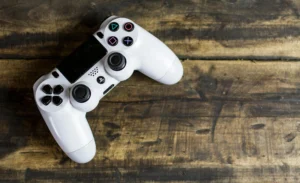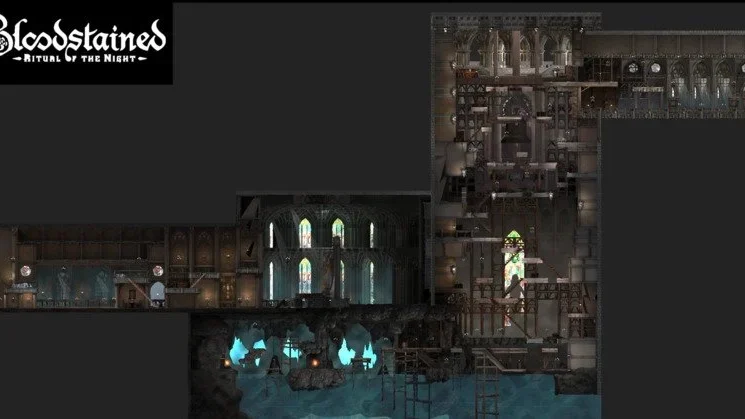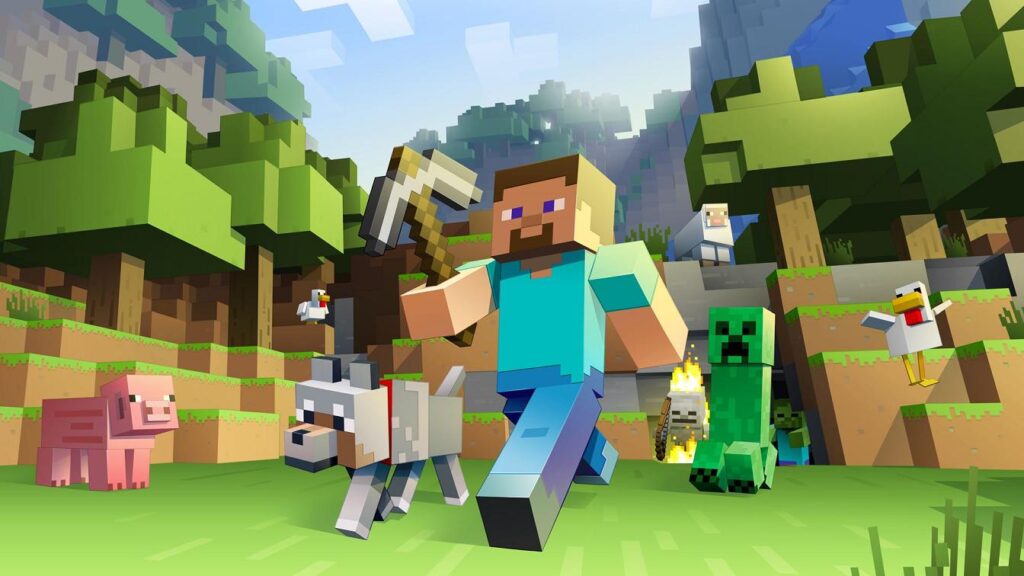
The difference between game art and game design largely resides in the distinct roles and duties of each contributor. A game artist is instrumental in crafting the visual aspect and ambiance of a game, essentially providing supportive assistance throughout the development process. Conversely, a game designer assumes the primary role in steering the creative direction and managing the project’s progression in the creation of a video game.
GAME ART
Game art is the visual elements you see while playing a game. Without visual game artists, a game would be nothing more than ideas in a designer’s head.
Common visual elements provided by game artists:
- Concept art
- Sprites
- Character models
- Environments
- And more…

An example of game art for the video game Bloodstained by Jay Burns.
GAme design
Game design is the process of conceptualizing and creating the rules, mechanics, objectives, and overall structure of a video game to provide players with engaging and meaningful experiences. It involves designing gameplay elements, levels, challenges, and interactions to evoke specific emotions and reactions from players while ensuring balance, coherence, and enjoyment throughout the gaming experience.

An example of game (level) design for the video game, Bloodstained. Level design by CGS game design mentor Nicolas Najm.
The 3 stages of game development
Video game development is typically divided into 3 stages: pre-production, production, and post-production.
1. PRE-PRODUCTION
Essentially, pre-production defines what the game is about, why it should be made, and what it’s going to take to make it.
In pre-production, you’ll find answers to questions like:
- What is the game about?
- Who is the audience?
- Is there a market for it? What’s the competition like?
- Which platform will it be published on?
- How will it be monetized? Will it be sold on a platform, or free to play with in-game purchases?
- How long will it take to develop?
- What staff and resources will it require?
- What is the estimated budget?
The Game Design Document (GDD)
A Game Design Document (GDD) is a living document which helps everyone understand and get on board with the greater vision of the project.
The GDD includes things like:
- The idea or concept
- Genre
- Story and characters
- Core game mechanics
- Gameplay
- Level and world design
- Art and/or sketches
- Monetization strategy
2. Production
Production is the longest stage of the pipeline, and it’s all hands on deck.
Ranging anywhere from 1 to 4 years, production is where the game really starts to take shape. The story is refined, assets (characters, creatures, props and environments) are created, the rules of play are set, levels and worlds are built, code is written, etc.

Minecraft
Game designers
A game designer is the creative driver of the game, and generally a cross between a writer and an artist, with some knowledge of programming.
The game design production pipeline section involves creating compelling stories, characters, goals, rules, and challenges that drive interactions with other characters, users, or objects.
Designers may be responsible for:
- Developing the storyline, character back-stories, and dialogue
- Developing gameplay, rules, and the scoring system
- Determining the level of difficulty
- Building environments, ledges, obstacles, and objects
- Level and world design
- Programming/scripting
- Digital editing
Game artists
Game artists can include concept artists, animators, 3D modelers and FX artists. This group is responsible for bringing color, movement, and life to the game.
3. POST-production
Once production is complete and the game has shipped, the game development process continues with some team members being relegated to maintenance (fixing bugs, creating patches) or creating bonus or downloadable content (DLC). Others may move onto the sequel or the next project.
Leave a Reply